The Scientific Revolution!
...
What did Humanists do for the Scientific Revolution?
They believe that all humans have common sense and they encourage people to believe in themselves.
What did people as a whole do for the Scientific Revolution?
They started to use Humanism, used biology, astronomy, geography, and physics. They use Greek and Roman texts to see if their scientific beliefs were correct or not.
What did Greek Rationalisms do for the Scientific Revolution?
Encouraged people to observe the universe and draw conclusions about it. Before you tell others, you have to have to know for sure it's true and know how it works. They didn't believe in religion.
What did the Catholic Church do for the Scientific Revolution?
They were very powerful and used the Bible and the Church to find out how the universe was formed, the Bible was their proof. Anyone who went against their theory were not accepted.
What did Nicolaus Copernicus do for the Scientific Revolution?
He came up with the Heliocentric theory, which was stating that the sun is the center of the universe and the planets rotate around it. The Church accepted his theory, but the book he made about it "The Revolutions" was banned.
What did Johannes Kepler do for the Scientific Revolution?
He believed in Nicolaus's theory and tried to prove it using mathematics. He came up with the Law of Planetary Motion, Law of Ellipse, Law of Equal Area, and Law of Harmonies.
What did Galileo do for the Scientific Revolution?
He made the telescope and discovered the moon had terrain, there were sunspots on the sun, and the moons of jupiter. Because of the different theory of the Catholic Church, he was under house arrest until he died. The Catholic Church regretted killing him 350 years later.
What did Sir Isaac Newton do for the Scientific Revolution?
He studied the motion of objects. He made the 3 laws of motion. He agreed with Nicolaus's theory and helped him explain why objects stayed in motion. He used the scientific method to understand the world around him.
Renaissance Influence and Movement!
...
How did ideas from regions outside of Europe influence the Renaissance?
Italy was made up of their own city-states, so each city controlled their own trade and government. They interacted a lot with the Muslim Empire and Muslims were strongly influenced by the Greeks and Romans. Muslims used ideas of Greeks and Romans. Their medicine, math (geometry and algebra), and science (astronomy, geography, architecture). The Muslims spread this knowledge to Italy and they used it.
How did the Renaissance spread throughout Europe?
Merchants, diplomats, and scholars visited Italy and learned about Humanism and saw their great art. When they returned back, they shared their knowledge. When soldiers from wars invaded, they liked their art and architecture and told everyone what they saw. The leaders heard about their success and wanted their art in their nation, so they gave money to the artists, so they could give them art.
How did the ideas of the Renaissance continue to spread and grow?
Johannes Gutenburg invented the printing press and it increased the speed of making books and the number of books increased, so the poor could read. The scholars across Europe developed their own type of Humanism (Christian Humanism).
The Middle Ages and The Renaissance!
...
Middle Ages. (Dark Ages.)
Religion was the main focus and atheir life was a test. They only cared about trying to get to Heaven. Always listened to the Catholic Church while living life in fear.
The Renaissance.
They used Humanism and focused on life and sucess, not religion. Everyone helped one another. They used Greek and Roman texts to solve problems. they worked on science, ethics, and politics. They made improvements on science, architecture, literature, and the arts.
Who started Humanism?
Petrarch and Boccaccio. (Came from Italy.)
How did they start Humanism?
They figured out the Greek and Roman texts and the texts helped lives improve. They traveled around to find ancient texts to help improve science, ethics, and politics. This spread around Europe. Artists painted whatever they saw, scientists studied the world, and patons paid money to the artists and the education.
Famous Renaissance Figures!
...
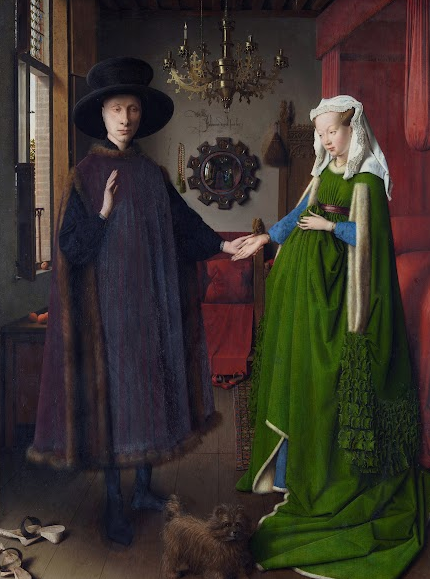
What was this picture called and who painted it?
It was called Arnolfini Portrait, created by Jan Van Eyck.
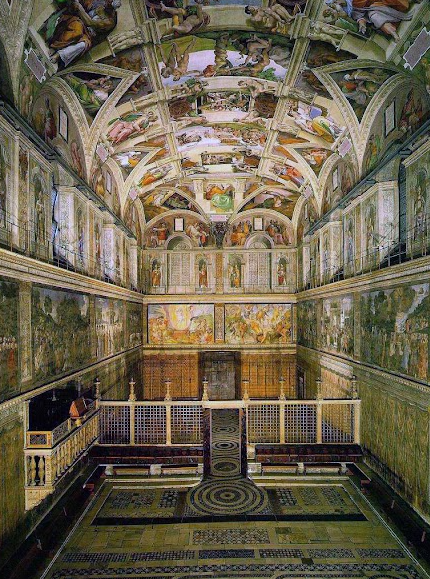
What was this picture called and who painted it?
It was called The Ceiling of the Sistine Chapel, made by Michelangelo.
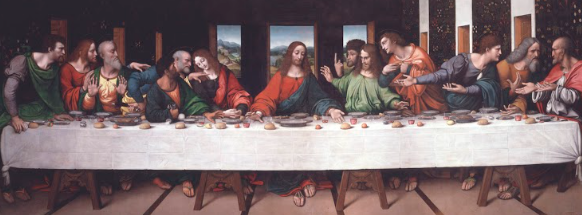
What was this picture called and who painted it?
It was called The Last Supper, created by Leonardo da Vinci.
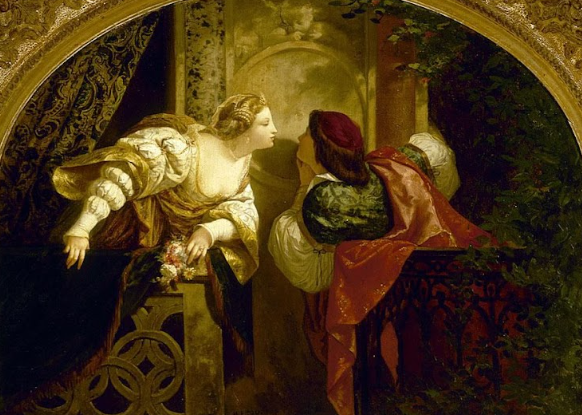
What was this picture called and who painted it?
It was called Romeo and Juliet, made by William Shakespeare.
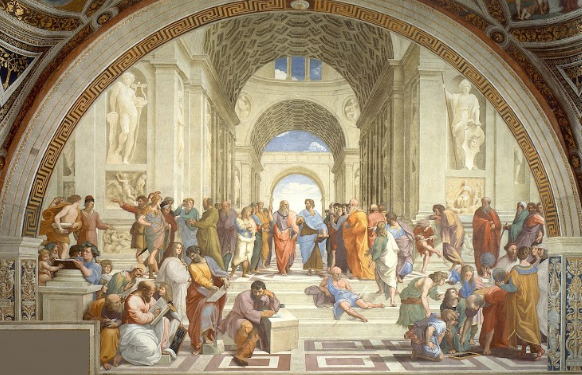
What was this picture called and who painted it?
It was called The School of Athens, created by Raphael.
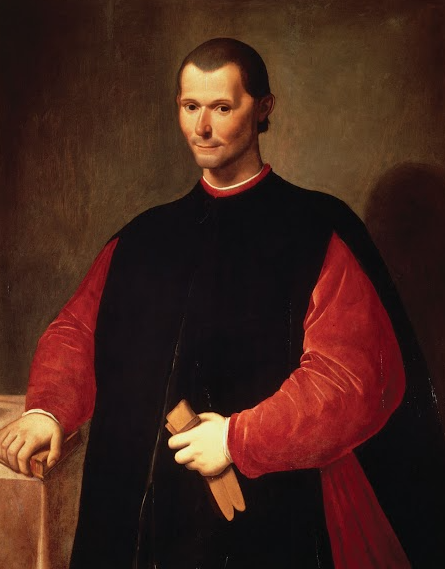
Who's portrait is this? He created the book "The Prince". The book talks about how a person can take power and keep it.
Niccolo Machiavelli.
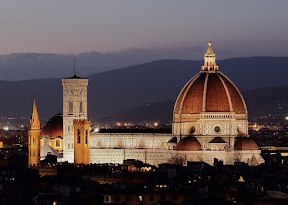
What was this picture called and who painted it?
It was the dome for the Catholic Church, made by Filippo Bruneschelli.
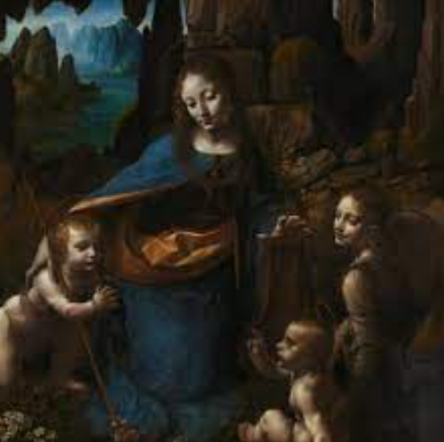
What was this called and who painted it?
The Virgin of the Rocks, painted by Leonardo da Vinci.
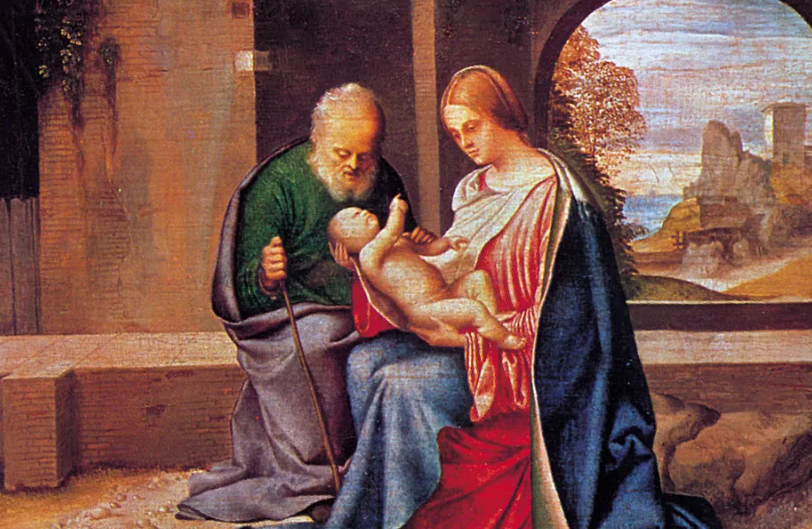
What was this called and who painted it?
The Holy Family, painted by Michelangelo.
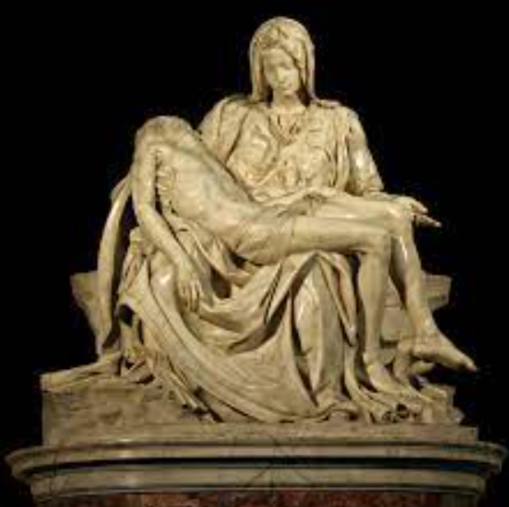
What was this called and who painted it?
Pieta and David, created by Michelangelo.
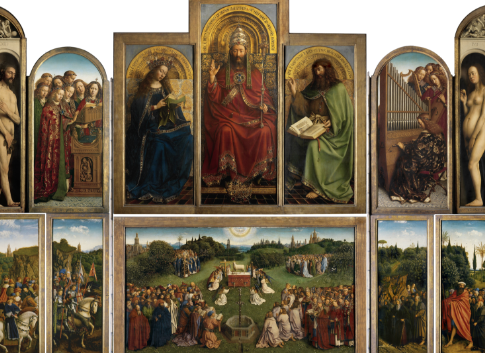
What was this called and who painted it?
Mystic Lamb, made by Jan Van Eyck.